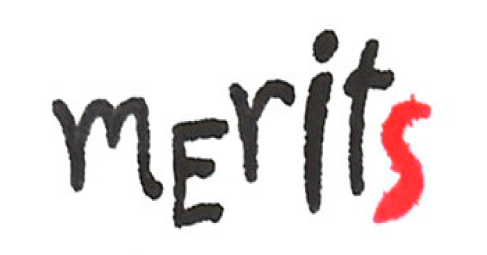MEmory Retrieval In Tagging: A model of Social and Semantic Influence

This project examines memory processes involved in interpreting and tagging photos on the Web and draws on principles of cognitive ecology (Hutchins, 2010). The latter discipline studies cognitive phenomena in context and postulates to consider the material and social environment in which cognitive processes develop. The reason for this methodological claim is based on the assumption that human brain and culturally formed social and material settings mutually influence each other, i.e., that they coevolve (e.g. Hutchins, 2010; Hutchins & Hazlehurst, 2002). Wherever people learn from each other and try to express their ideas and understanding, the borders between cognitive and social processes blur (Meyer-Krahmer, 2012). What remains is a cognitive ecosystem (Hutchins, 2010) that is a network of mutually dependent representations of different kinds and modalities, such as material artifacts and mental concepts. To understand the ecosystem’s history and its state at a given point in time, it is necessary to trace its development back to its origin as well as to the intermediate states of its artifacts and underlying concepts. By investigating this movement, i.e., this chain of repeated transformations of representations, a phenomenon called circulating reference (Latour, 1999) moves into focus and becomes our unit of analysis.
To examine some aspects of the development of a cognitive ecosystem in this project we observe a simple and manageable unit of analysis that consists of a shared Web environment as well as a small sample of individuals who use the environment to collaboratively interpret and tag photos. The individuals’ consecutive choices, interpretations and tagging of photos are expected to form a simple chain of repeated transformations from internal to external representations resulting in a cognitive ecosystem, a network of collaboratively constructed interpretations of a set of photos externalized by a shared tag vocabulary.
Beyond studying general mechanisms driving artifact-mediated interactions within the ecosystem, we aim at analyzing factors that show potential of mediating the strength of inter-individual dependency, i.e. of social influence. According to results of Fu & Dong (2012), one such factor might be the semantic ambiguity of a resource (e.g. a photo and its associated tags), such that higher ambiguity could increase individuals’ tendency to adopt other individuals’ interpretations and tags.
The research method applied in this project consists in a comparison between predicted and observed patterns of results. While the predicted data will be the result of a multi-agent simulation based on a computational model of cognitive psychology (Hintzman, 1984; Kwantes, 2005), the observed data will be gathered by means of two experiments taking place under controlled, laboratory conditions (experiment 1) and under more natural conditions in a real-world tagging environment (experiment 2).
Project Homepage: http://meritsblog.wordpress.com
Publications: http://meritsblog.wordpress.com/publications/
Team:
- Dietrich Albert
- Tobias Ley
- Paul Seitlinger
Partners: http://meritsblog.wordpress.com/people/
Graz Partner: Knowledge Technologies Institute, Graz University of Technology, Austria/Europe
Duration: 01.10.2013 – 30.09.2015 (24 months)
Funding: Supported by the Austrian Science Fund (FWF). Grant No.: P25593-G22
- Total Budget: € 148,975.32
- Total Funding: € 148,975.32
- CSS Budget: € 148,975.32